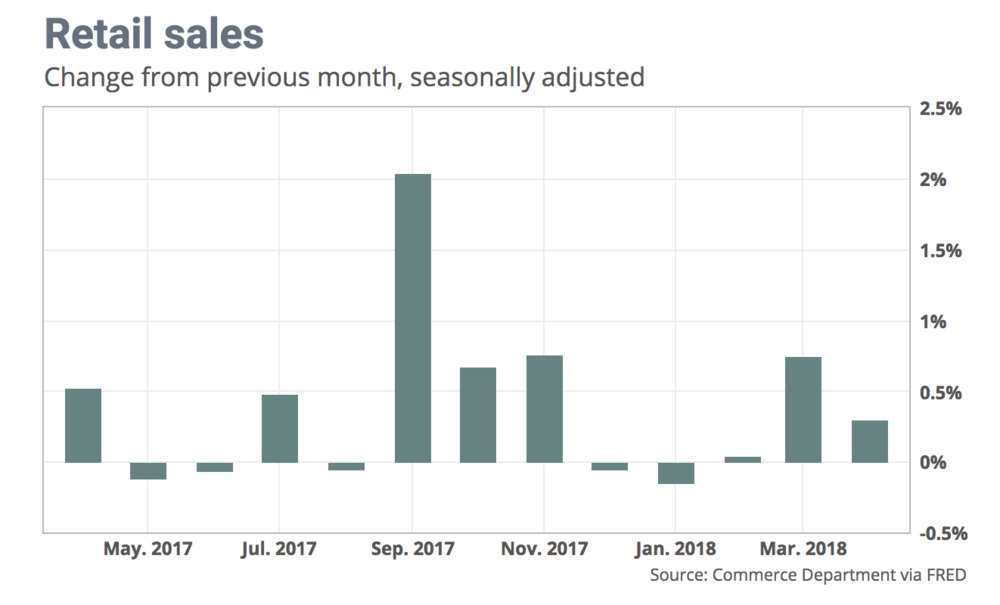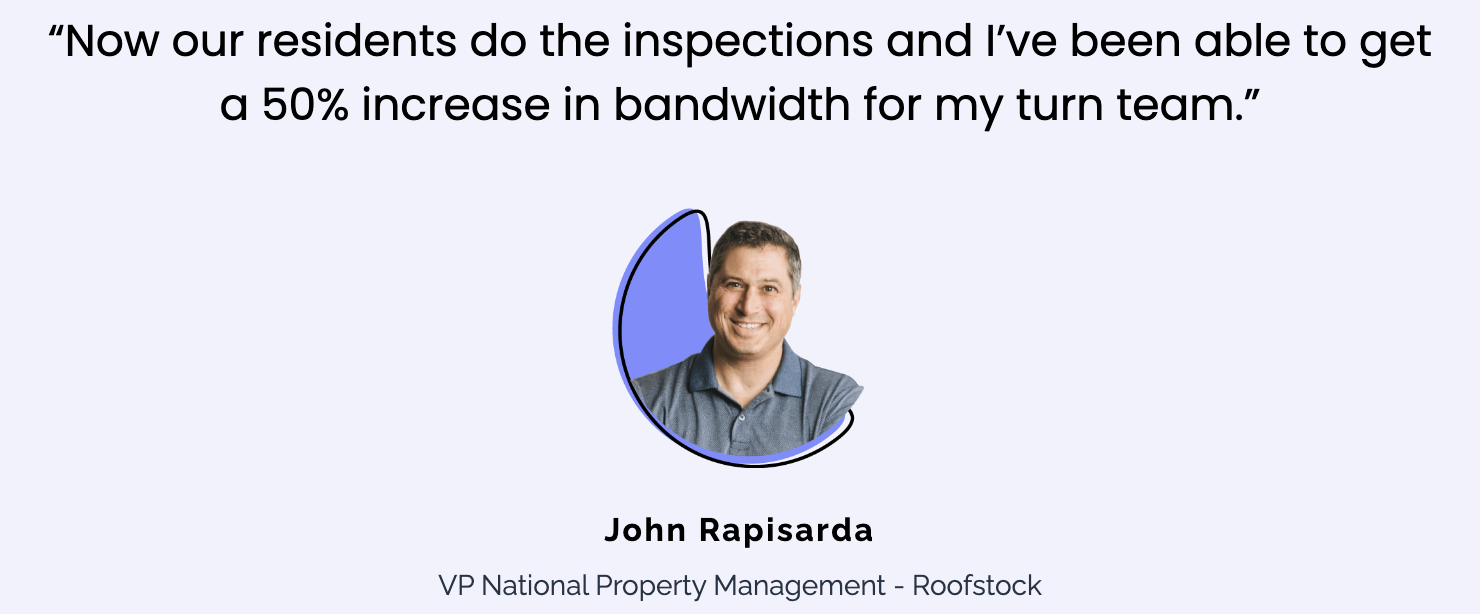4 Tips to Save Money On Maintenance
Larry Alton gives us 4 tips to save money on maintenance during a turnover. You need to focus on cash flow as a property investor. That means getting through turnover maintenance fast so your unit isn’t sitting vacant. Here are the 4 tips he gives:
Do Maintenance Yourself
You’ll save money since most of the cost is in labor, but you’ll be spending your time. Take that into account before doing any job yourself. For the less handy folks:
YouTube is your best friend. Whether it’s replacing a toilet, installing flooring, fixing a plumbing leak, or anything in between, the popular video site has millions of videos from qualified experts. Spend some time watching these videos and you’ll be surprised how much you can learn.
Use Coupons and Buy Materials Yourself
Using coupons and a Costco membership can get you materials for cheap so that you only pay labor costs on contractors.
Touch Up Instead of Replace
A fresh coat of paint, new cabinet knobs, new door knobs, and carpet shampooing will do wonders to increase your rental’s value. These small things will also help your unit rent out faster for its visual appeal.
Use Your Previous Tenant’s Security Deposit
Make sure to use your tenant’s security deposit to cover any damages beyond wear and tear. In fact, certain things like burnt out lightbulbs and tattered blinds can also be taken out of a security deposit to spruce up your unit. You can also use the deposit to shampoo carpets and paint over walls that have holes in them.
How to Communicate with Contractors
Drew Sygit highlights the best ways to express expectations and move jobs forward when working with contractors. First off, exchange expectations around how often you’d like to be communicating with the contractor. This sets the relationship off on the right foot by defining a regular cadence of conversation. He also says:
Each time you send anything to a contractor, that communication should include a mention of what you’d like to receive next — and when.
You’re building a list of action items for your contractor every time you communicate with them. Because contractors get bogged down, it will be your responsibility to set followup reminders (not theirs.) Set calendar reminders when you want to follow up and make sure to call and email them asking for a response. Additionally, you’ll need to email them followups after getting an estimate to find out when they can actually begin work.
Again, once the work starts, you need to set constant reminders and be checking in with the contractor regularly until you’ve tracked the job to completion.
Once the job is nearing completion, politely remind them that they agreed to provide you with video or pictorial evidence of the quality of their work (and that you will be holding off on paying the invoice until you receive them, if necessary).
Building strong relationship with contractors is key for an effective landlord. Don’t skip the necessary steps to communicate well or you will regret it later.
California Apartment Landlords Dump Properties Ahead of Rent Control Vote
A push to expand rent control in California is sending a chill through the state’s apartment industry, prompting more investors to sell properties or hold off on buying. View the full article at WSJ.
US Retail Posts 2nd Straight Gain
Sales at U.S. retailers rose in April for the second straight month, adding to evidence the economy has sped up again after a slower start to the year.
Retail sales climbed 0.3% last month following an even larger gain in March than originally reported, the government said Tuesday. March sales were revised to show a 0.8% increase instead of 0.6%.

Americans have increased spending in the past two months, helped out by a recent cut in taxes, annual tax refunds and the best jobs market in at least two decades. They aren’t spending like crazy, but they are spending enough to keep the U.S. economy growing at a solid pace.
The acceleration in spending in the spring also points to a stronger reading in gross domestic product in the second quarter. Weak spending in the first quarter held down GDP. That’s part of a longstanding pattern that partly reflects difficulties by government statisticians in accounting for the seasonal switch from winter to spring.
















